How Are Viruses Different From Bacteria Apex
Viruses infect all living things including fungi and even bacteria. To make all of this more understandable lets start with something you.

2 1 3 Biology 2 Docx 2 1 3 Study Viruses And Bacteria Study Guide Biology 1 For Cr Sem 2 Name Alana Labadie Date Main Idea 1 Viruses Are Particles Course Hero
As physicians we evaluate to determine the best tests and treatments for each infection.
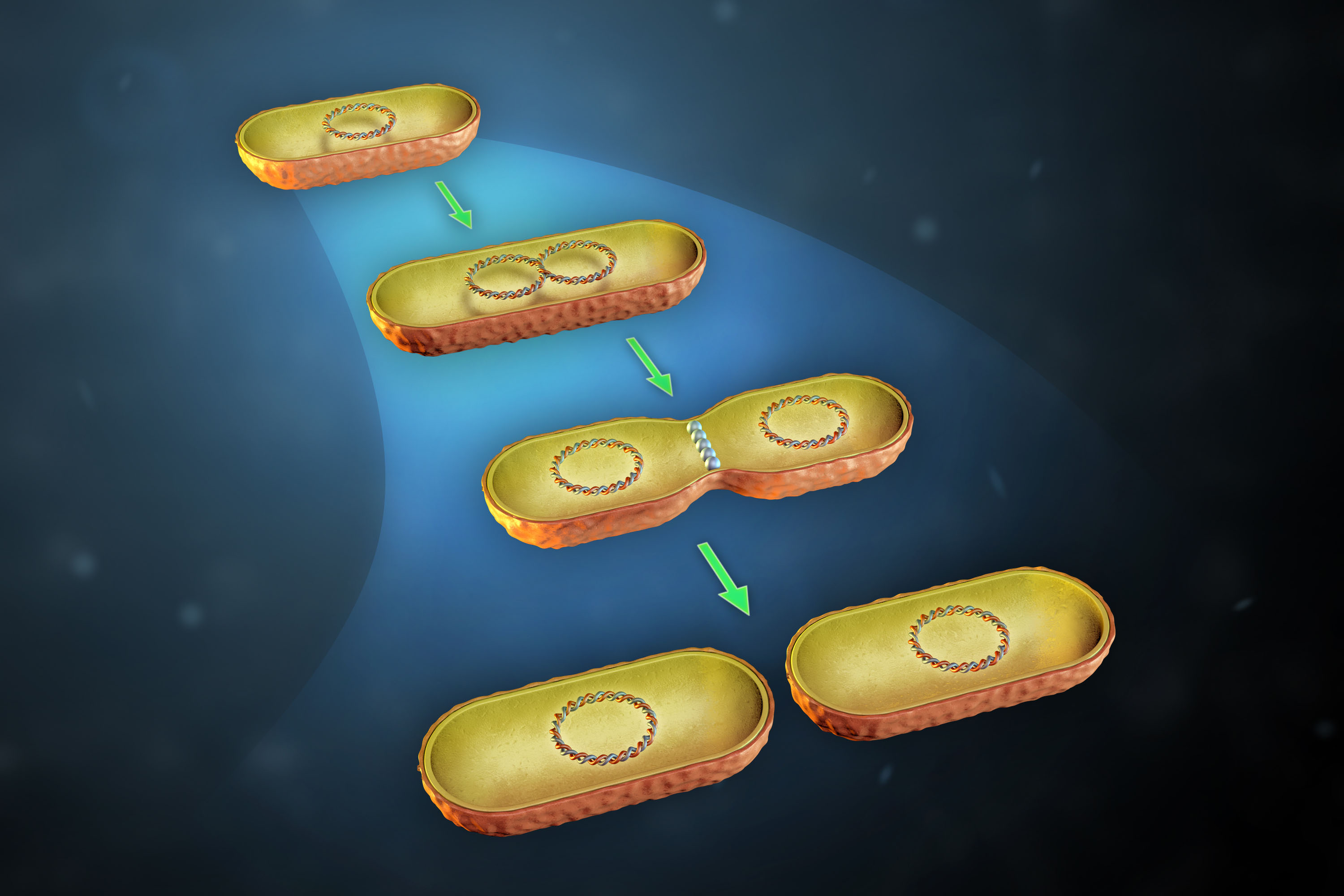
. Most bacteria arent harmful to humans but most viruses are potentially harmful. 23 rows Virus. Herpes virus and others attack certain bacteria.
The scan action Apex One performs depends on the virusmalware type and the scan type that detected the virusmalware. A virus that is outside of a host cell is known as a virion. Viral infections Viruses are another type of tiny microorganism although theyre even smaller than bacteria.
Bacterial cell wall is made up of peptidoglycan. Using state-of-the-art tools scientists have described a million-atom tail that bacteriophages use to. These bacteria are referred to as pathogenic bacteria.
Envelope viruses such as influenza and HIV come covered in a protective lipid envelope. Viruses are not living organisms bacteria are. They may use an animal plant or bacteria host to survive and reproduce.
They can only reproduce by attaching themselves to cells. But most people do not know the difference between these two types of infectious organisms. Bacteriophages are viruses that infect bacteria.
Bacteria on the other hand are living organisms that consist of single cell that can generate energy make its own. This means that we can see them with an optic microscope. The cylindrical helical virus type is associated with the tobacco mosaic virus.
Viruses and bacteria are also different in regards to their size. As such there is some debate as to whether or not viruses should be considered living organisms. Bacteria are cellular viruses are acellularbacteria have one DNA chromosome viruses can have one RNA or DNA piecebacteria have cytoplasm viruses dontbacteria have metabolism viruses dontetc.
Bacteria are single-celled living organisms. Bacteria and viruses differ in their structure and their response to medications. HOW IS A VIRUS DIFFERENT FROM A BACTERIUM.
Not all bacteria make us sick most actually help us eg. Viruses can not replicate without infecting a living cell. Unlike bacteria viruses cant survive without a host.
They have a cell wall and all the components necessary to survive and reproduce although some may derive energy from other sources. For information on the different virusmalware types see Viruses and Malware. Viruses are tiny infectious agents that rely on living cells to multiply.
Unlike bacteria that has everything it needs to reproduce viruses need to use a living cells organelles cell parts that are basically its organs in order to replicate. You can prevent the spread of bacteria and viruses by washing your hands with soap and water and practicing good hygiene. Bacteria viruses and fungi can all cause slightly different forms of pneumonia the symptoms are subtly different depending on the type of microbe causing the conditions.
Viruses have caused a litany of modern pandemics from covid-19 to HIVAIDS to the influenza outbreak in 1918-20 which killed many more people than the. This difference in size also has to do with the complexity of each organism. Bacteria and viruses can cause many common infections.
There are three different virus types that are made distinct by their shape. Viruses do not contain. Viruses are very specialized on their host so some only target certain human body cells eg.
Viruses only grow and reproduce inside of the host cells they infect. Bacteria are almost 100 times larger than viruses. When found outside of these living cells viruses are dormant.
For example when Apex One detects a Trojan horse program virusmalware type during Manual Scan scan type it cleans action the infected file. Bacteria are living organisms while viruses are parasitic and need a live host to reproduce. However in order to observe a virus you must use an electronic microscope.
Their life therefore requires the hijacking of the biochemical activities of a living cell. Most animal viruses are classified as icosahedral and are nearly spherical in shape. All they have is a protein coat and a core of genetic material either RNA or DNA.
Bacteria are small microorganisms that are made. Viruses are more like parasites they need a host cell to reproduce.

How Are Bacteria Different From Viruses Brainly Com
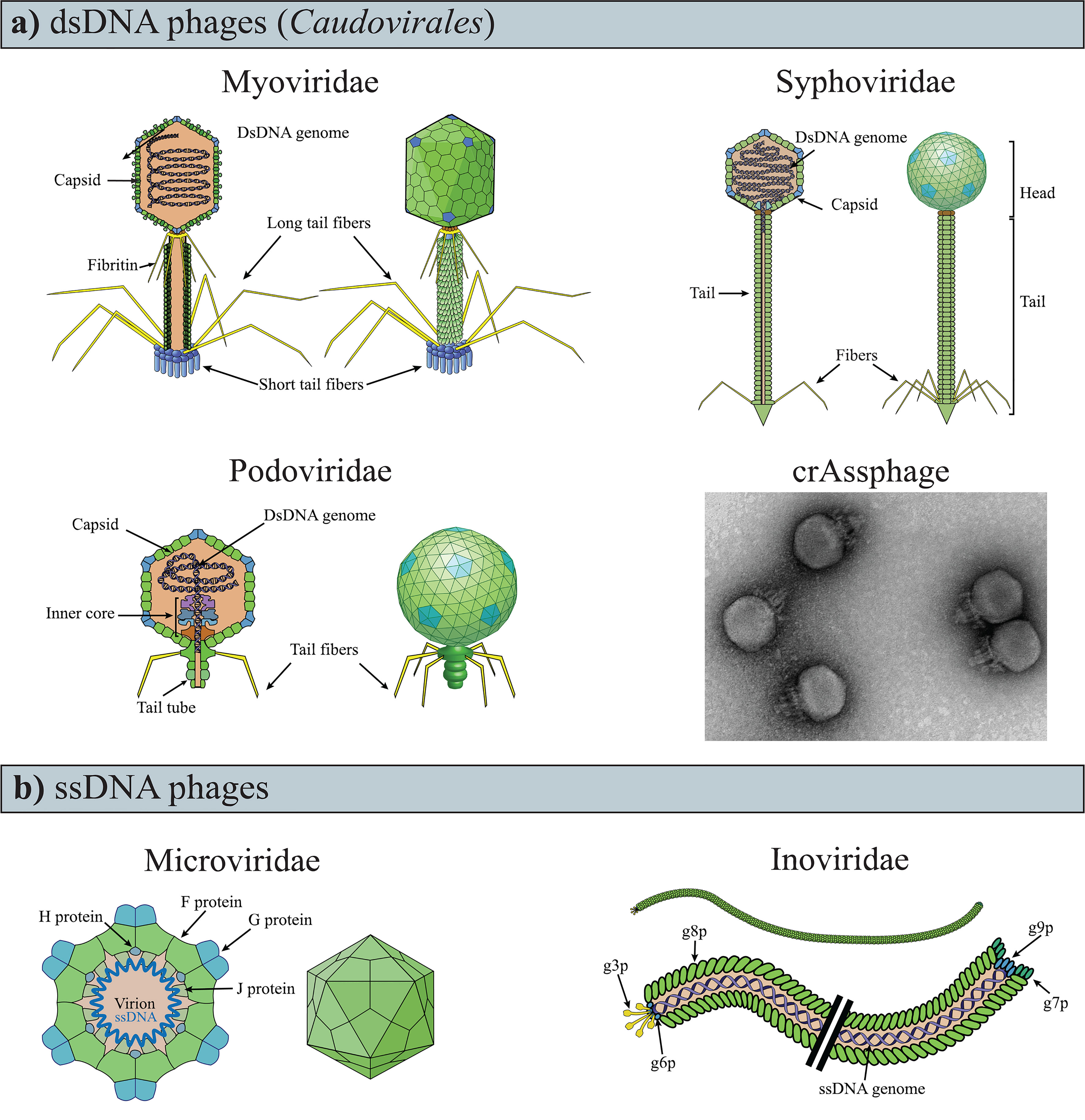
Frontiers Phages In The Gut Ecosystem Cellular And Infection Microbiology
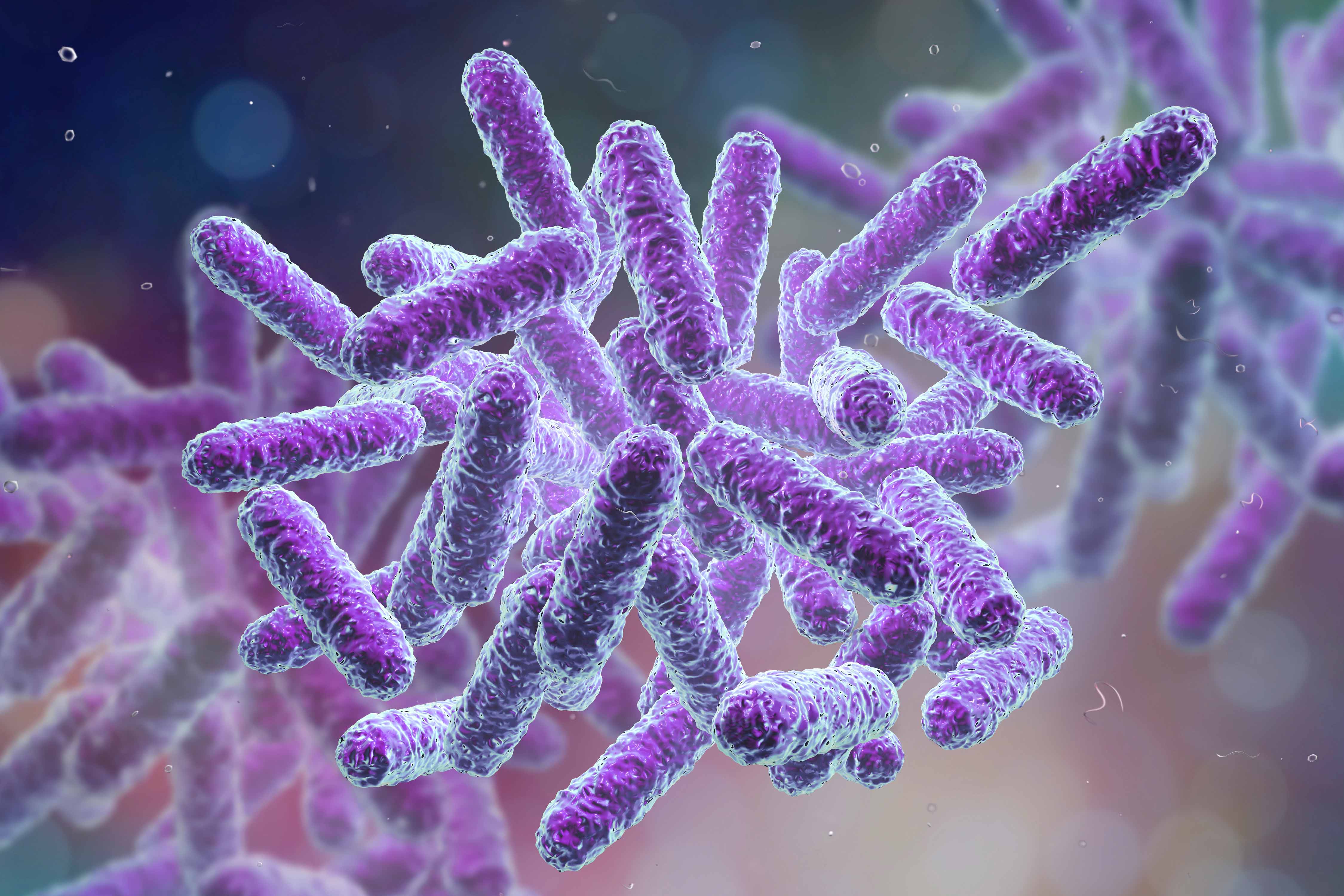
What S The Difference Between Bacteria And Viruses Institute For Molecular Bioscience University Of Queensland
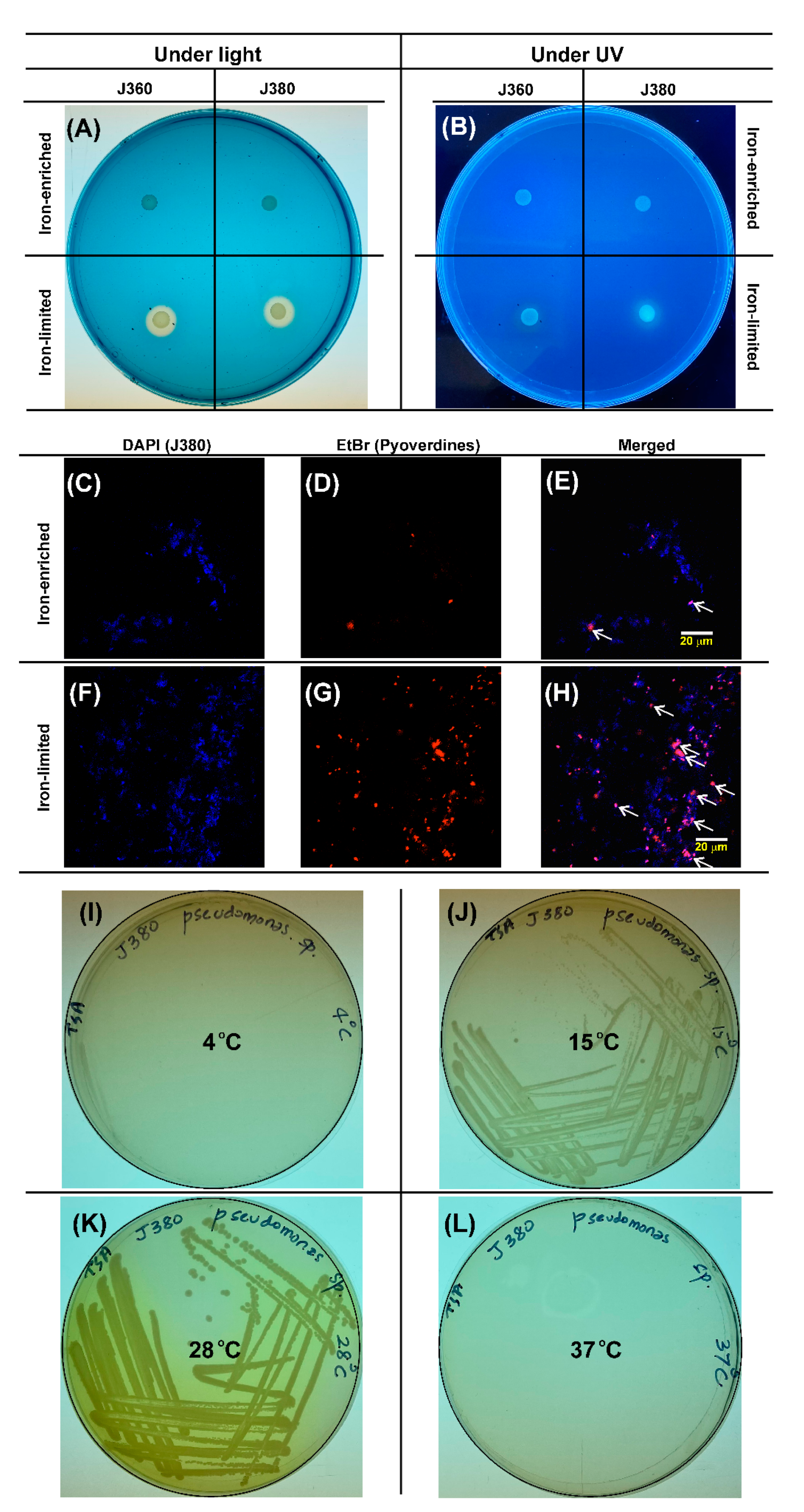
Microorganisms Free Full Text A Novel Marine Pathogen Isolated From Wild Cunners Tautogolabrus Adspersus Comparative Genomics And Transcriptome Profiling Of Pseudomonas Sp Strain J380

What S The Difference Between Bacteria And Viruses Institute For Molecular Bioscience University Of Queensland
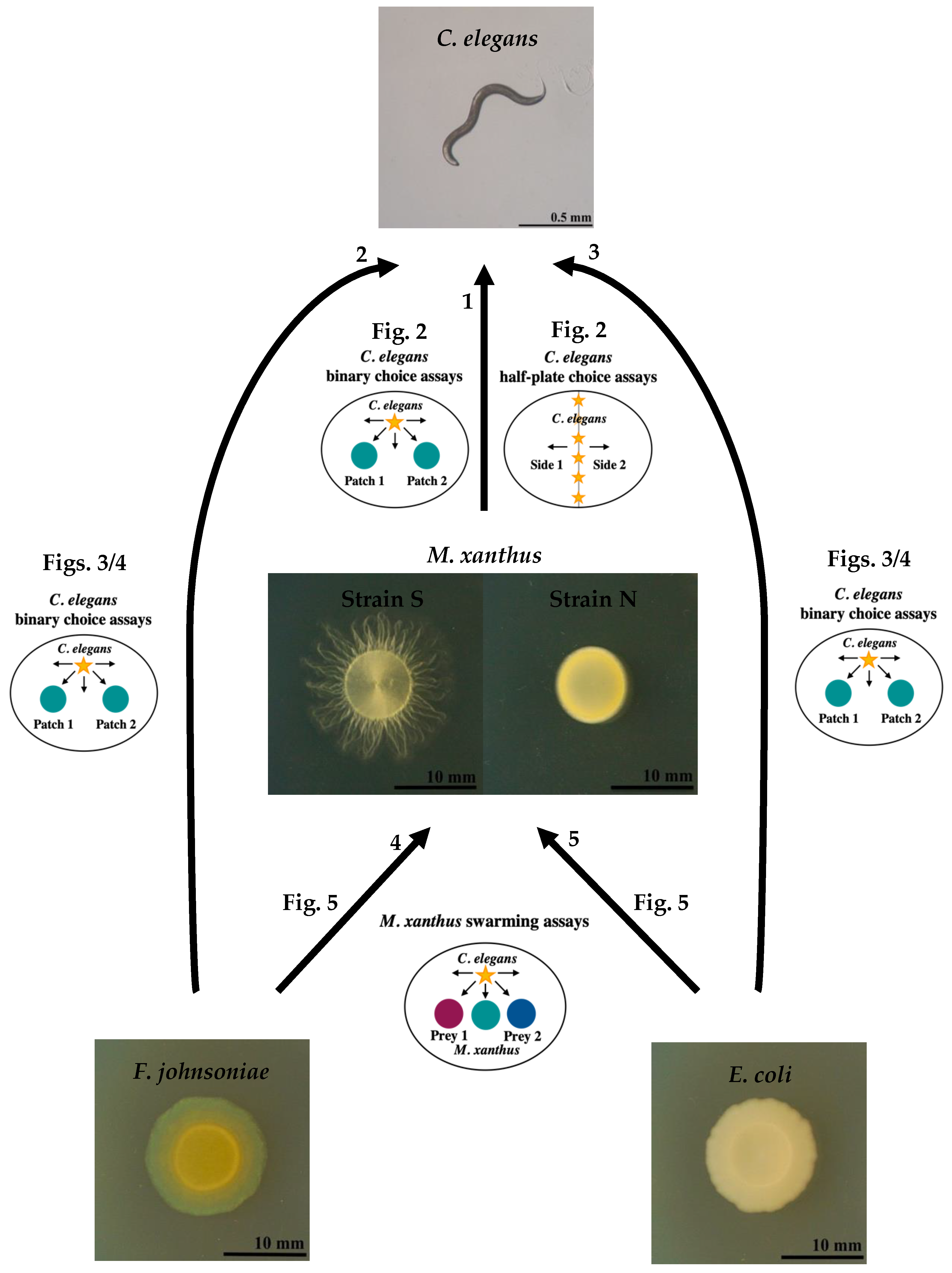
Microorganisms Free Full Text Behavioral Interactions Between Bacterivorous Nematodes And Predatory Bacteria In A Synthetic Community Html
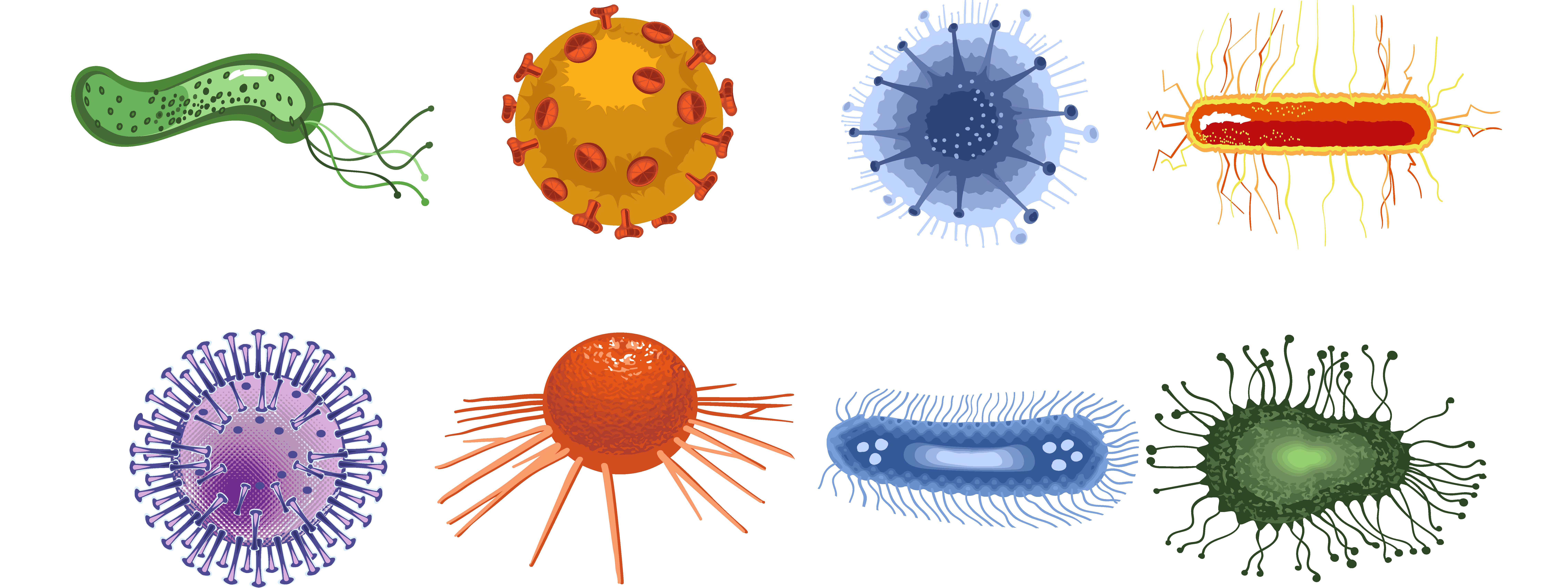
What S The Difference Between Bacteria And Viruses Institute For Molecular Bioscience University Of Queensland

How Are Bacteria Different From Viruses Brainly Com
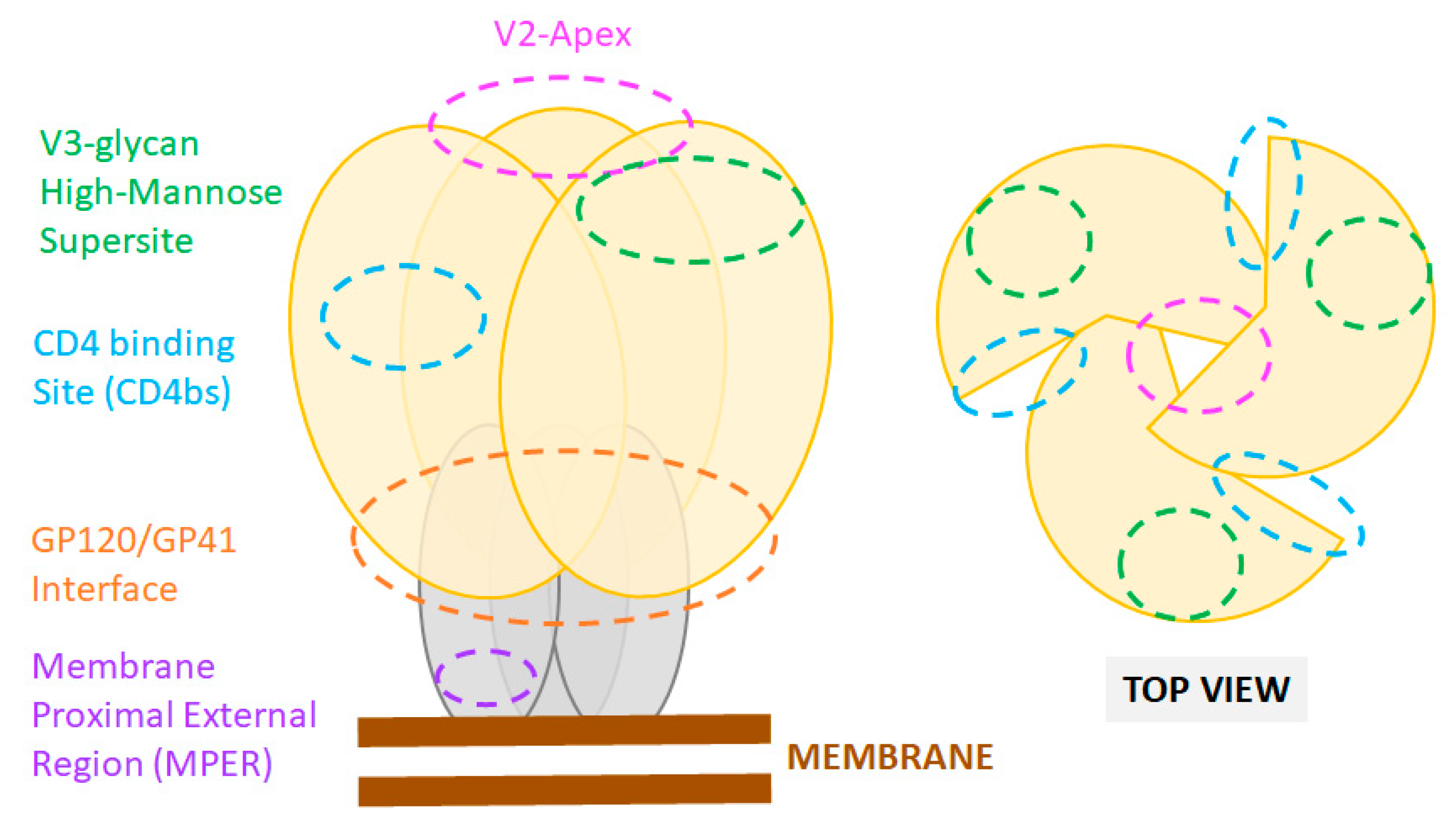
Microorganisms Free Full Text Hiv 1 Entry And Prospects For Protecting Against Infection Html
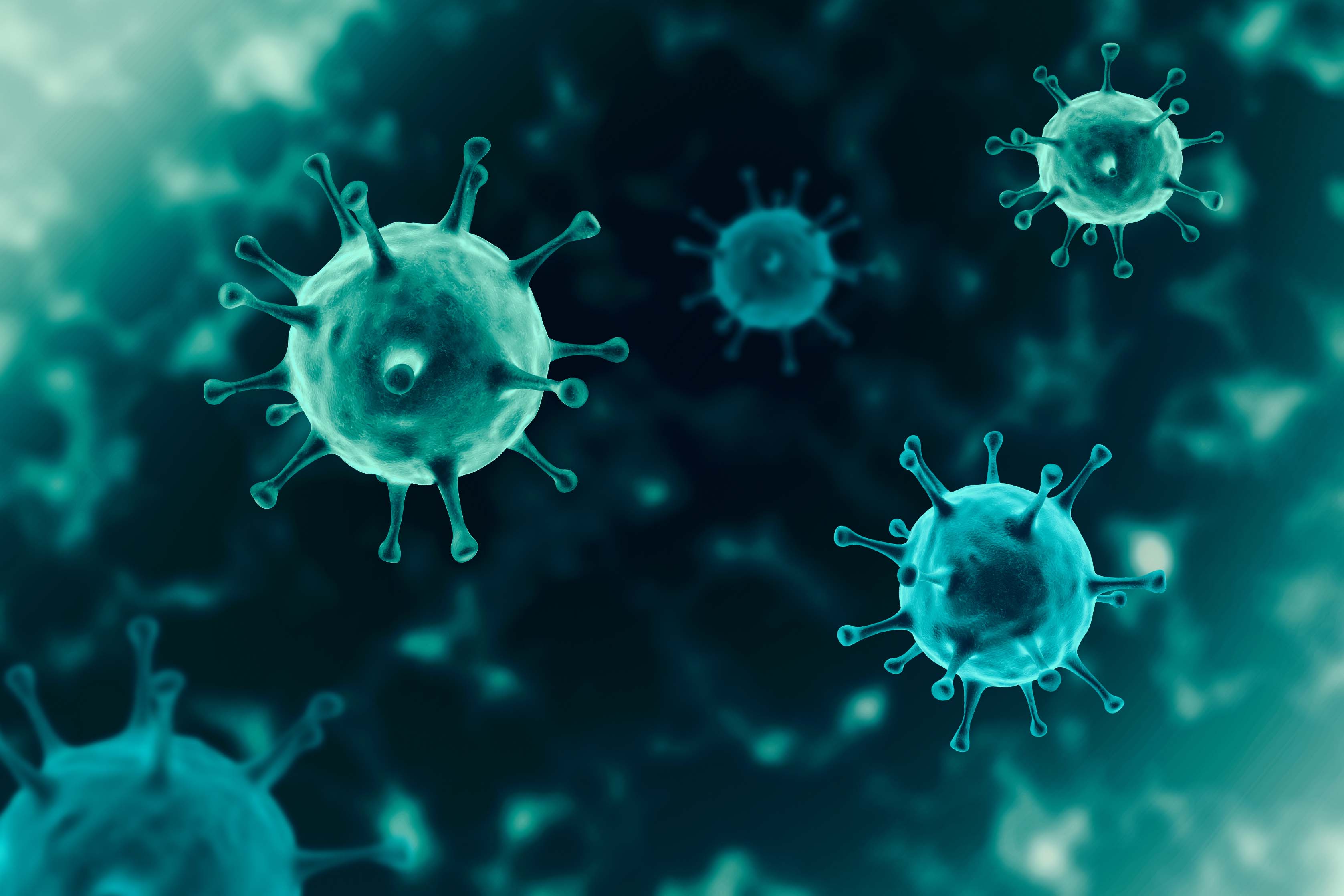
What S The Difference Between Bacteria And Viruses Institute For Molecular Bioscience University Of Queensland

Addgene Plenti Rigi Apex T2a Egfp
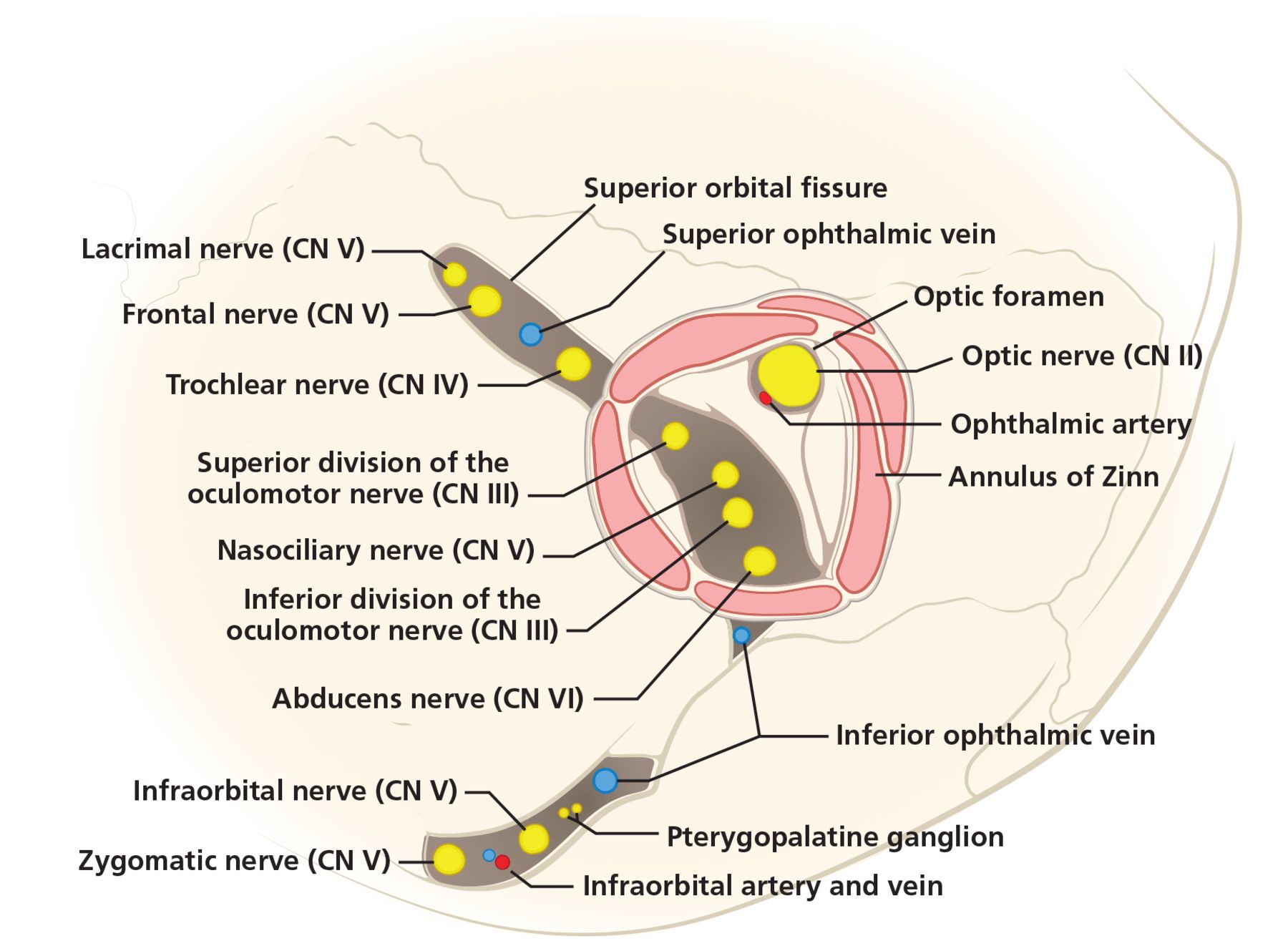
An 86 Year Old Man With Unexplained Right Sided Headache And Vision Loss Cleveland Clinic Journal Of Medicine

What S The Difference Between Bacteria And Viruses Institute For Molecular Bioscience University Of Queensland



Comments
Post a Comment